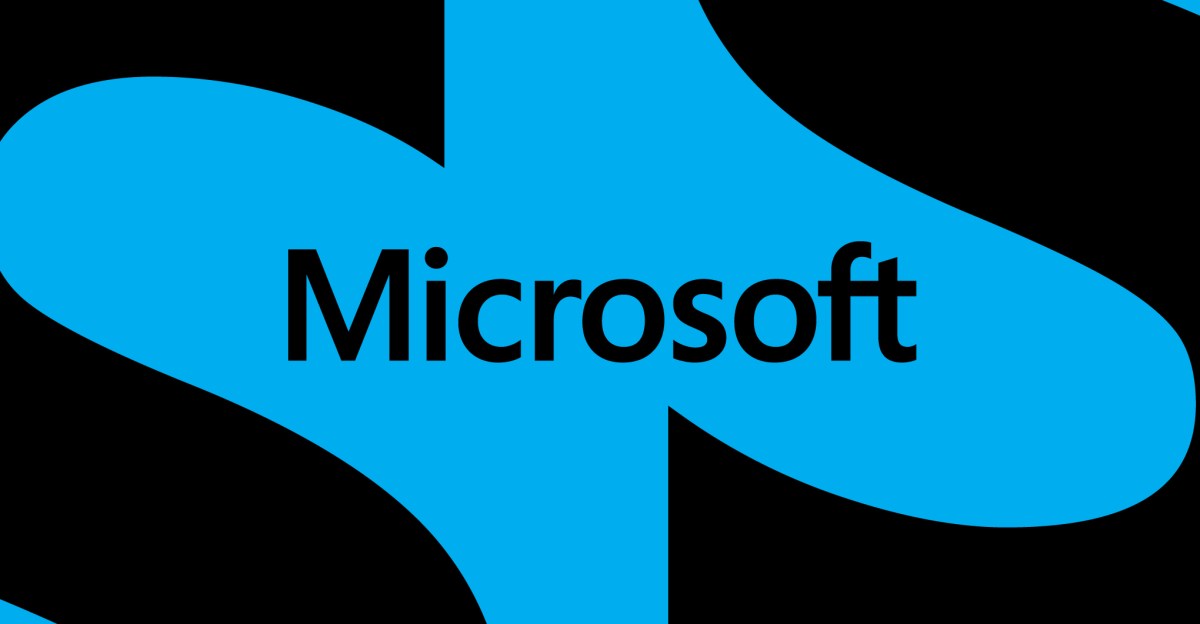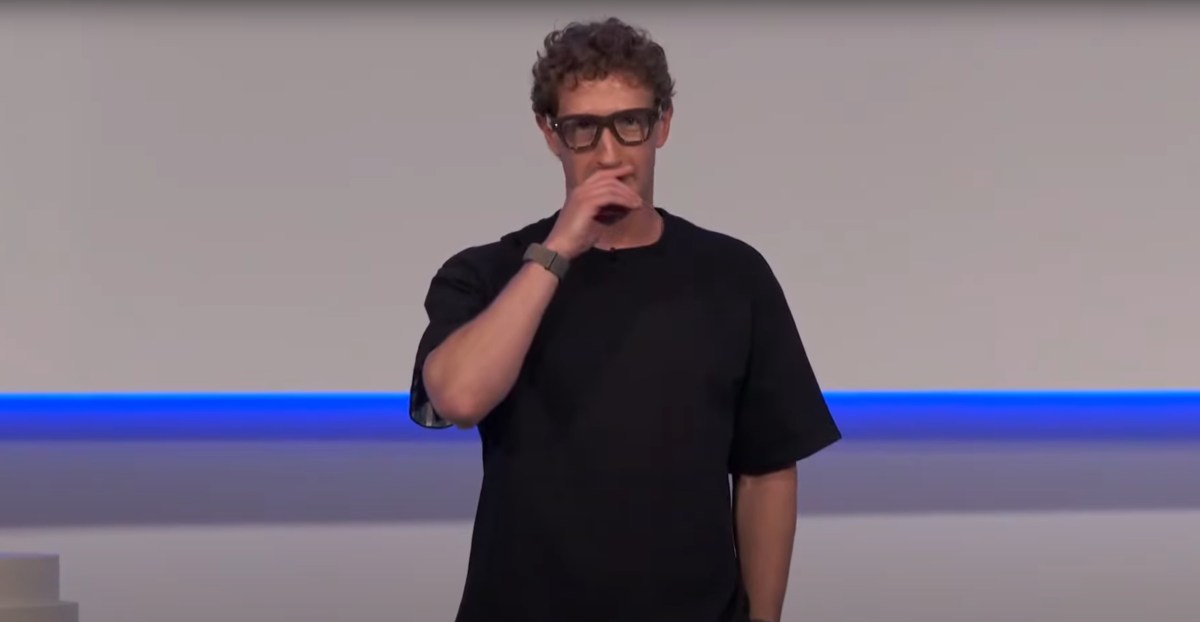
Microsoft AI launches first in-house models MAI-Voice-1 and MAI-1-preview
Sources: https://www.theverge.com/news/767809/microsoft-in-house-ai-models-launch-openai, The Verge AI
TL;DR
- Microsoft’s AI division announced its first homegrown models: MAI-Voice-1 AI and MAI-1-preview. The Verge
- MAI-Voice-1 can generate a minute of audio in under one second on a single GPU and is used to power Copilot Daily and podcast-style discussions. The Verge
- MAI-1-preview is trained on around 15,000 Nvidia H100 GPUs and targets instruction-following for everyday queries, with rollout planned for Copilot text use cases. The Verge
- The move situates Microsoft’s internal models alongside its OpenAI partnership, aiming to offer a range of specialized models for different intents and use cases. The Verge
- Public testing and a strategic emphasis on consumer-focused AI come with leadership emphasis on consumer utility over enterprise-only applications. The Verge
Context and background
Microsoft’s AI strategy has long balanced building in-house capabilities with leveraging its OpenAI partnership. The company’s latest move introduces MAI-Voice-1 and MAI-1-preview as its first homegrown models. These models reflect a broader effort to pursue consumer-oriented capabilities that can operate alongside and complement OpenAI-based tools in Copilot, a line of AI-assisted features integrated into Microsoft’s productivity stack. The announcement underscored a desire to create models that “work extremely well for the consumer” and to optimize them for consumer experiences, as stated by Mustafa Suleyman in prior public remarks. The Verge MAI-Voice-1 is described as a speech model capable of generating a minute of audio in under one second on a single GPU. The company has already begun using MAI-Voice-1 internally to power Copilot Daily, where an AI host recites the day’s top news stories, and to generate podcast-style discussions to aid topic explanations. Users can experiment with MAI-Voice-1 via Copilot Labs, where inputs can be tailored by voice and speaking style. The Verge In addition to MAI-Voice-1, Microsoft introduced MAI-1-preview, a model trained on around 15,000 Nvidia H100 GPUs. MAI-1-preview is designed for users who need an AI that can follow instructions and provide helpful responses to everyday queries. The company notes that Copilot currently relies on OpenAI’s large language models, and the MAI-1-preview rollout is planned for specific text-use cases in Copilot. The team has also begun publicly testing MAI-1-preview on the AI benchmarking platform LMArena. The Verge Microsoft AI chief Mustafa Suleyman has emphasized the consumer-centric direction of internal models, highlighting a focus on consumer utility rather than enterprise-only use cases. The company described its ambition to roll out a suite of specialized models to serve different user intents and use cases, a strategy it suggests can unlock significant value. The Verge
What’s new
MAI-Voice-1 and MAI-1-preview mark Microsoft’s first foray into releasing homegrown AI models, expanding the capabilities available within Copilot and related AI features. MAI-Voice-1 directly supports spoken-content generation and voice customization, enabling Copilot Daily to present news in spoken form and offering podcast-like discussions. MAI-1-preview focuses on instruction following and practical responses for everyday tasks, with training performed on a substantial GPU cluster and an eventual rollout for targeted text-based use cases within Copilot. The models are positioned to complement OpenAI-powered capabilities rather than replace them, aiming to offer specialized options for different user intents. The Verge A notable aspect of the rollout is the staged testing and deployment path. MAI-1-preview is being tested on LMArena, a benchmarking platform used to evaluate AI models, and is slated for broader rollout in Copilot for text-based interactions. The approach signals Microsoft’s interest in validating performance across real-world tasks and providing consumers with tangible AI experiences that can scale across the company’s software ecosystem. The Verge
Why it matters (impact for developers/enterprises)
These developments reflect a broader strategic arc: Microsoft aims to offer a portfolio of specialized, in-house models that can operate alongside OpenAI’s offerings to broaden capabilities in Copilot and related products. By pursuing consumer-optimized models, Microsoft seeks to complement the ongoing partnership with OpenAI while ensuring internal technologies can address consumer-facing scenarios with speed and efficiency—such as generating speech content rapidly and handling everyday queries with practical, instruction-following responses. The company’s statements about consumer focus and the intention to orchestrate multiple models suggest a vision in which developers and enterprises can access a diversified AI toolkit tailored to specific tasks and user intents. The Verge From an enterprise perspective, the introduction of MAI-1-preview signals potential for cost and performance tradeoffs, as Microsoft experiments with in-house models alongside externally hosted LLMs. Enterprises that rely on Copilot for routine text tasks may see new options for on-premises or integrated AI workflows, though the rollout details and enterprise-grade guarantees were not specified in the initial announcement. The emphasis on consumer utility also implies that the first wave of in-house models focuses on consumer-grade experiences that can scale across broad usage scenarios. The Verge
Technical details or Implementation
- MAI-Voice-1 AI: a speech model capable of generating a minute of audio in under one second on a single GPU. It is already integrated into Copilot features such as Copilot Daily and used to generate podcast-style discussions to explain topics. Access is available via Copilot Labs, where users can customize the spoken output by specifying what the AI should say and adjusting voice and speaking style. The Verge
- MAI-1-preview: designed to follow instructions and provide helpful responses for everyday queries. It was trained on around 15,000 Nvidia H100 GPUs. Microsoft plans to roll out MAI-1-preview for certain text-based use cases in Copilot and has begun public testing on LMArena. The model is part of a broader strategy to offer a range of specialized models serving different intents. The Verge
- Copilot integration: MAI-1-preview will be deployed for text use cases within Copilot AI, which currently relies on OpenAI LLMs. The evolution suggests a move toward heterogeneous AI stacks where in-house models supplement external LLMs for specific tasks. The Verge
- Governance and ambition: the announcement includes a forward-looking note about orchestrating multiple specialized models to unlock value across different user intents and use cases. This aligns with Microsoft’s emphasis on consumer-optimized AI experiences and broader experimentation with in-house capabilities. The Verge | Model | Notable capability | Training/Resources | Current deployment / testing |--- |--- |--- |--- |MAI-Voice-1 AI | Generates a minute of audio in under one second on a single GPU; powers spoken content in Copilot Daily | Internal model; features tested within Copilot ecosystem | Powers Copilot Daily; available via Copilot Labs with voice/style controls |MAI-1-preview | Follows instructions; provides helpful responses to everyday queries | Trained on around 15,000 Nvidia H100 GPUs | Rolling out for certain text use cases in Copilot; publicly tested on LMArena |
Key takeaways
- Microsoft has released its first homegrown AI models, expanding in-house capabilities alongside OpenAI partnerships.
- MAI-Voice-1 enables rapid generation of spoken content and is integrated into Copilot Daily and related experiences.
- MAI-1-preview targets instruction-following for everyday tasks and is undergoing public benchmarking and Copilot rollout.
- The company intends to orchestrate a range of specialized models to serve diverse user intents and use cases.
- Leadership emphasizes consumer-oriented AI outcomes, with enterprise use cases not the initial focus for internal models.
FAQ
-
What are MAI-Voice-1 and MAI-1-preview?
They are Microsoft’s first homegrown AI models announced to support spoken content and instruction-following tasks, respectively. MAI-Voice-1 powers features like Copilot Daily; MAI-1-preview targets everyday queries.
-
Where are these models being used today?
MAI-Voice-1 powers Copilot Daily and podcast-style explanations; MAI-1-preview is being rolled out for certain text use cases in Copilot and is under public benchmarking with LMArena. [The Verge](https://www.theverge.com/news/767809/microsoft-in-house-ai-models-launch-openai)
-
How were MAI-1-preview’s resources allocated during training?
It was trained on around 15,000 Nvidia H100 GPUs. [The Verge](https://www.theverge.com/news/767809/microsoft-in-house-ai-models-launch-openai)
-
What is the strategic aim behind these in-house models?
Microsoft intends to orchestrate a range of specialized models for different user intents and use cases, focusing on consumer-optimized experiences while maintaining collaboration with OpenAI. [The Verge](https://www.theverge.com/news/767809/microsoft-in-house-ai-models-launch-openai)
References
- The Verge: Microsoft AI launches its first in-house models | https://www.theverge.com/news/767809/microsoft-in-house-ai-models-launch-openai
More news
First look at the Google Home app powered by Gemini
The Verge reports Google is updating the Google Home app to bring Gemini features, including an Ask Home search bar, a redesigned UI, and Gemini-driven controls for the home.
Meta’s failed Live AI smart glasses demos had nothing to do with Wi‑Fi, CTO explains
Meta’s live demos of Ray-Ban smart glasses with Live AI faced embarrassing failures. CTO Andrew Bosworth explains the causes, including self-inflicted traffic and a rare video-call bug, and notes the bug is fixed.
NVIDIA HGX B200 Reduces Embodied Carbon Emissions Intensity
NVIDIA HGX B200 lowers embodied carbon intensity by 24% vs. HGX H100, while delivering higher AI performance and energy efficiency. This article reviews the PCF-backed improvements, new hardware features, and implications for developers and enterprises.
OpenAI reportedly developing smart speaker, glasses, voice recorder, and pin with Jony Ive
OpenAI is reportedly exploring a family of AI devices with Apple's former design chief Jony Ive, including a screen-free smart speaker, smart glasses, a voice recorder, and a wearable pin, with release targeted for late 2026 or early 2027. The Information cites sources with direct knowledge.
Shadow Leak shows how ChatGPT agents can exfiltrate Gmail data via prompt injection
Security researchers demonstrated a prompt-injection attack called Shadow Leak that leveraged ChatGPT’s Deep Research to covertly extract data from a Gmail inbox. OpenAI patched the flaw; the case highlights risks of agentic AI.
How chatbots and their makers are enabling AI psychosis
Explores AI psychosis, teen safety, and legal concerns as chatbots proliferate, based on Kashmir Hill's reporting for The Verge.





